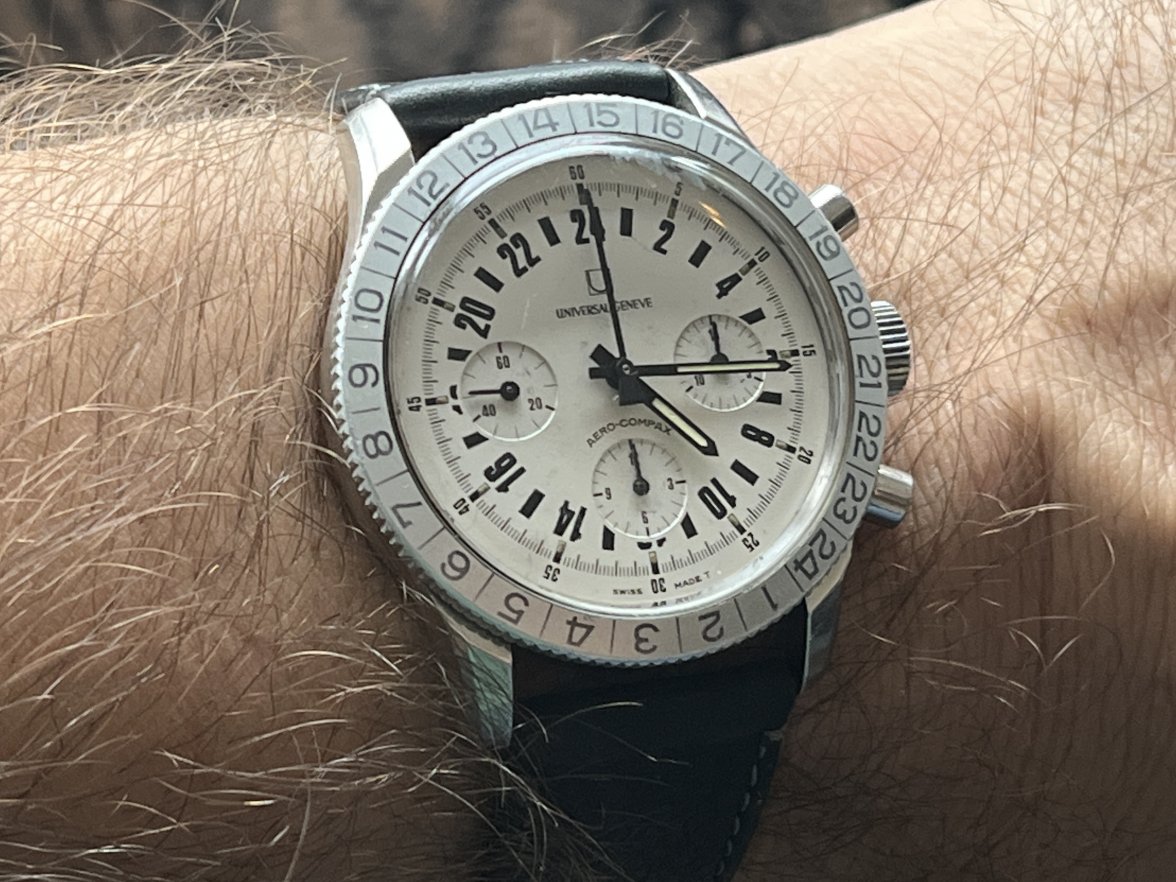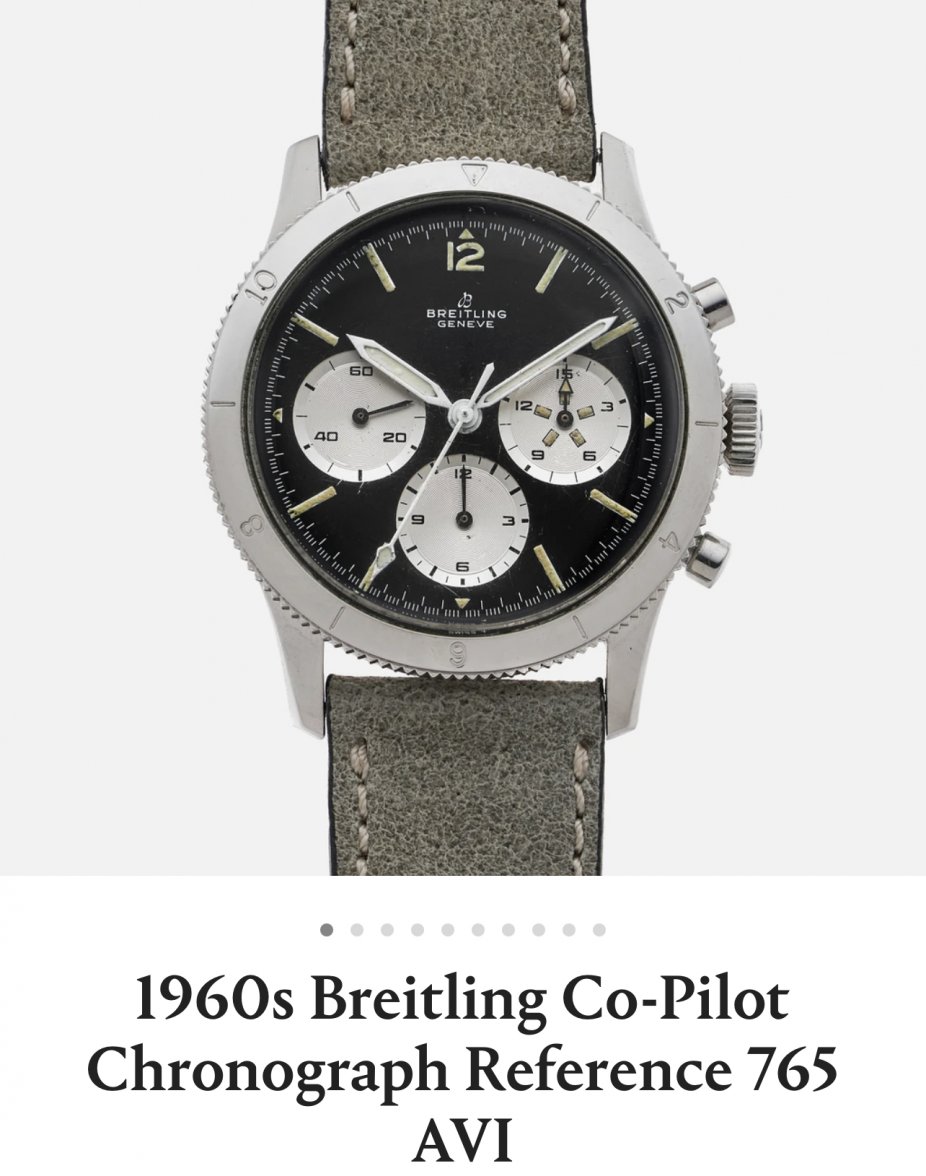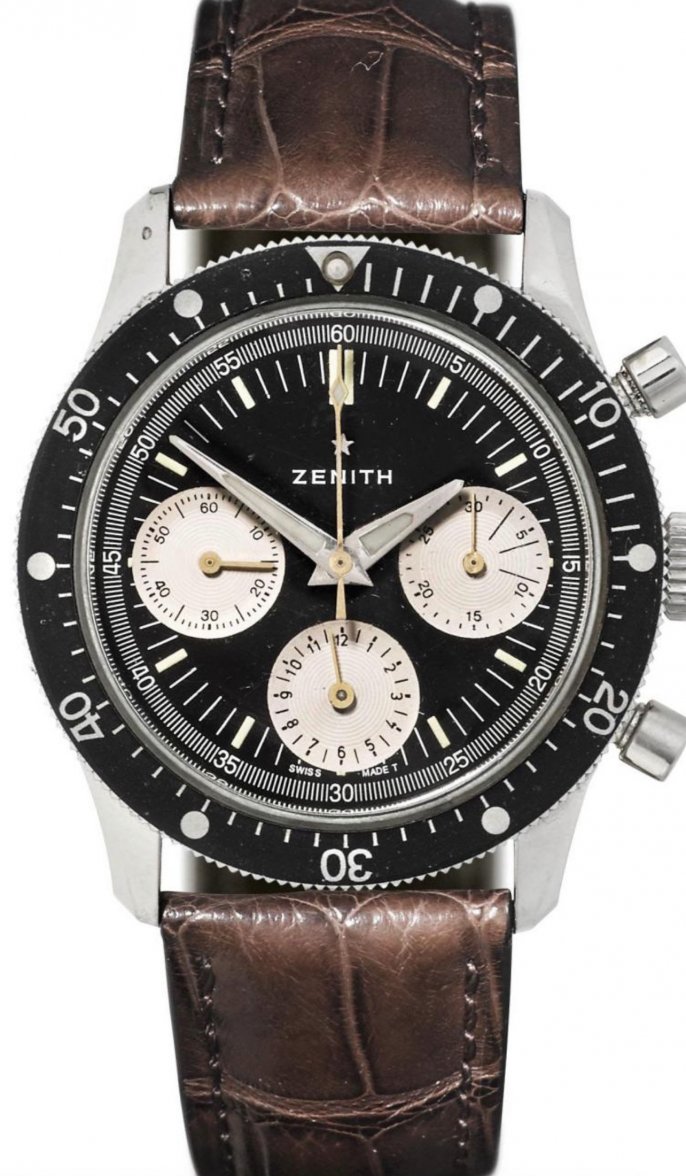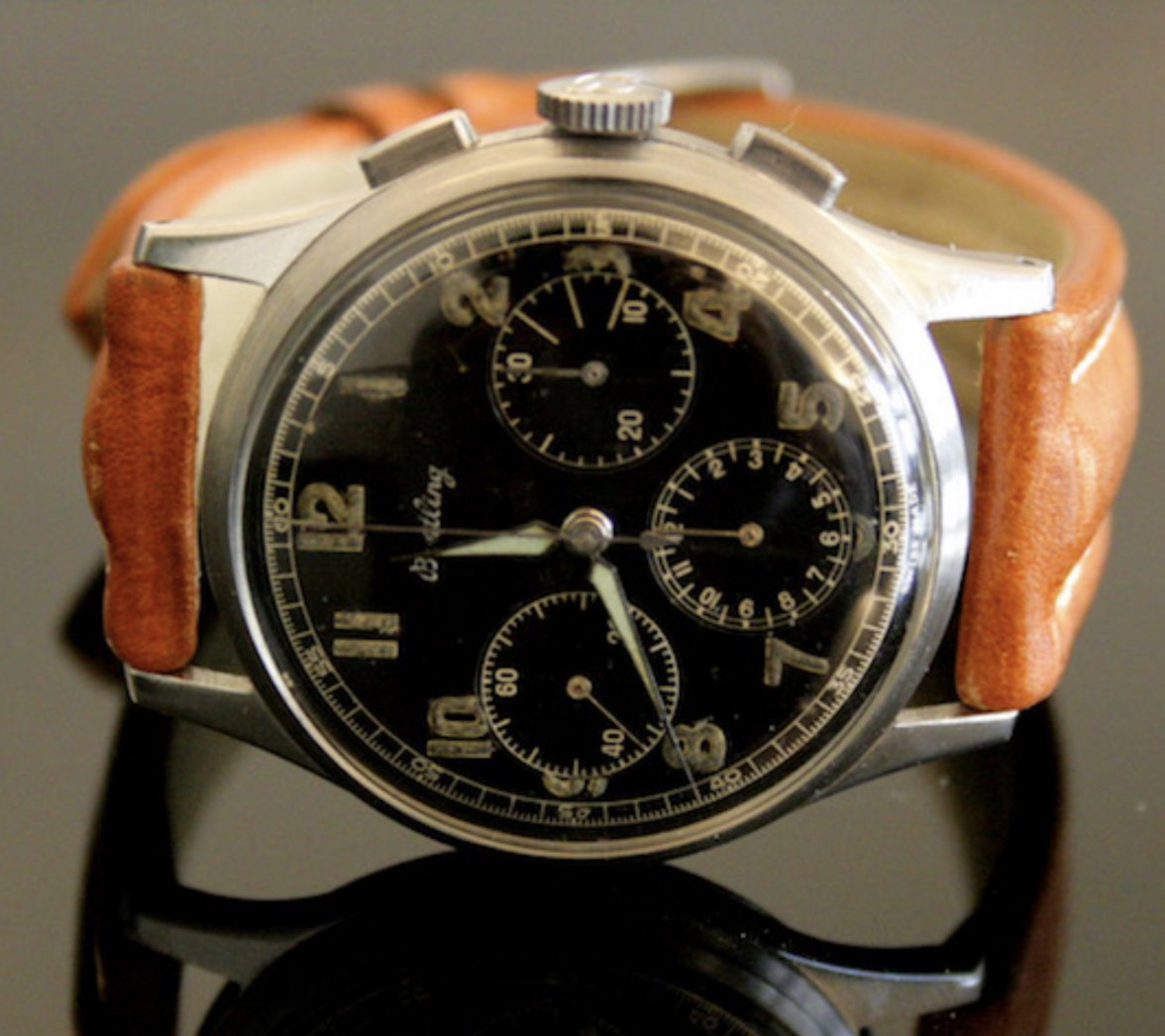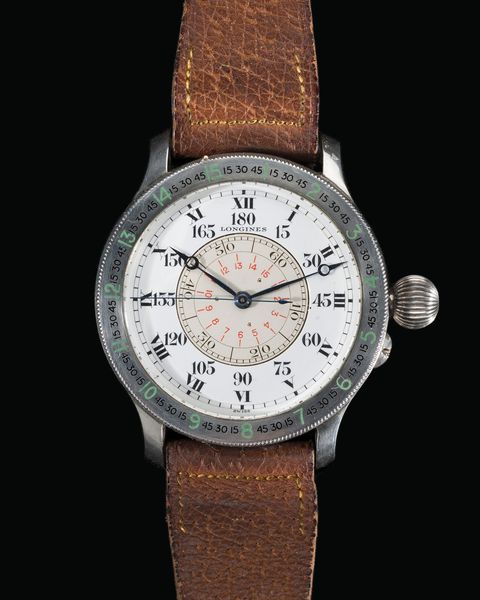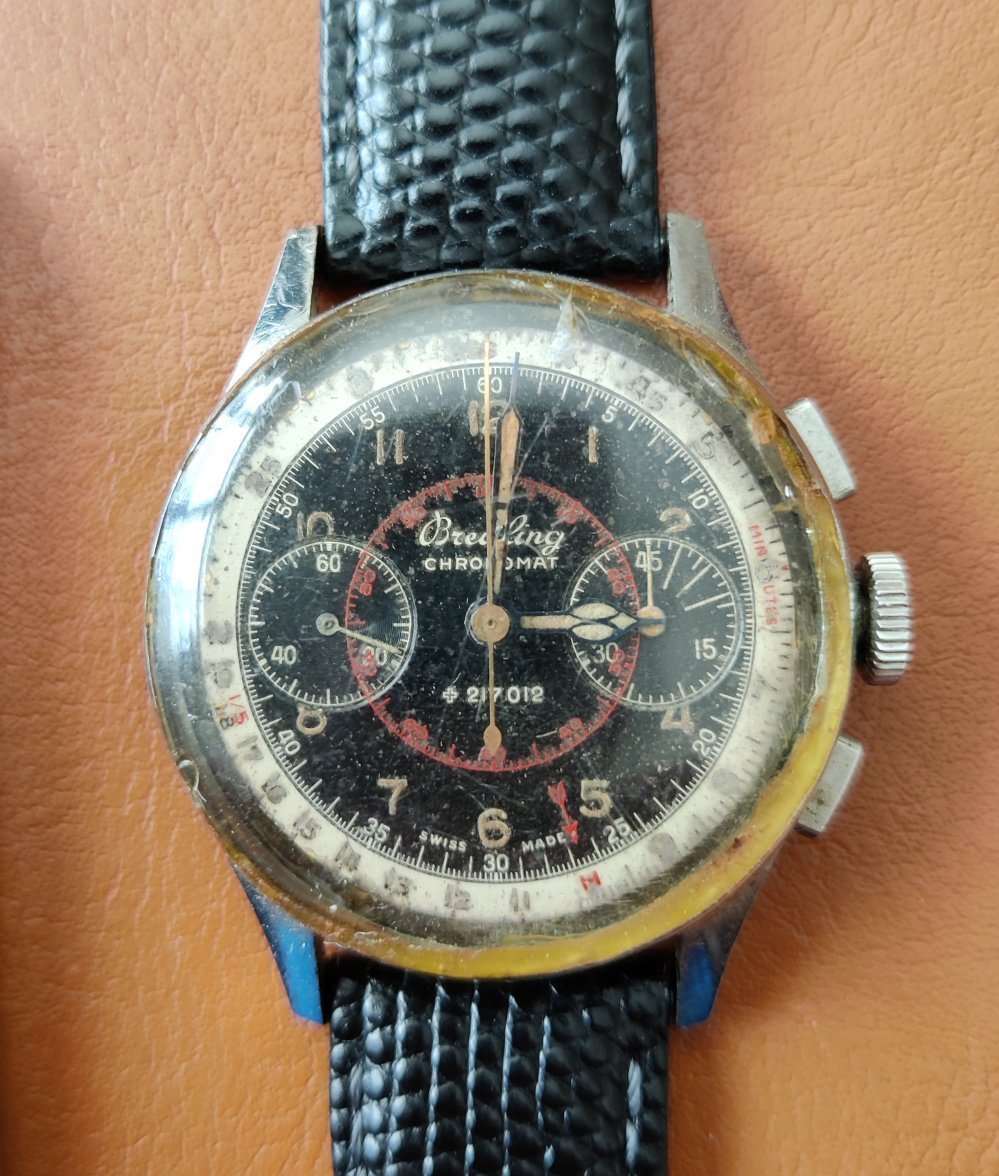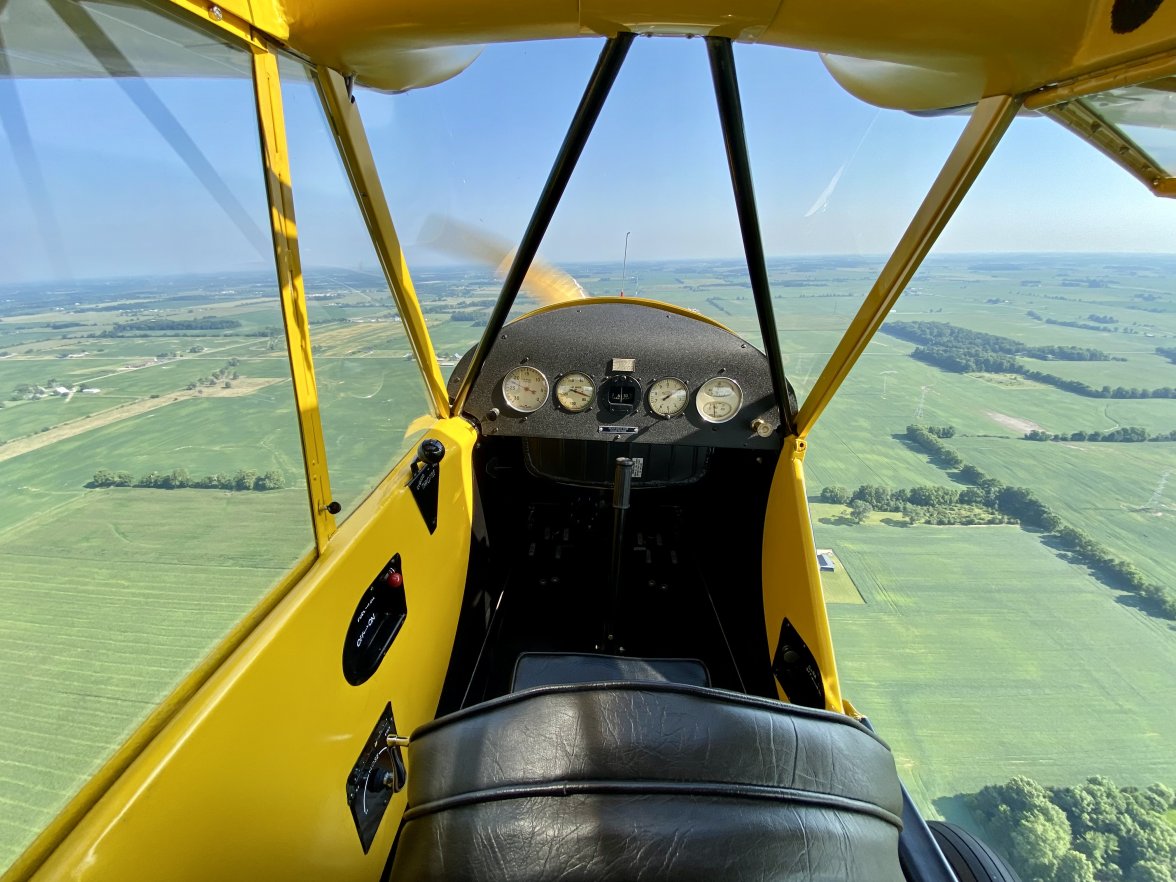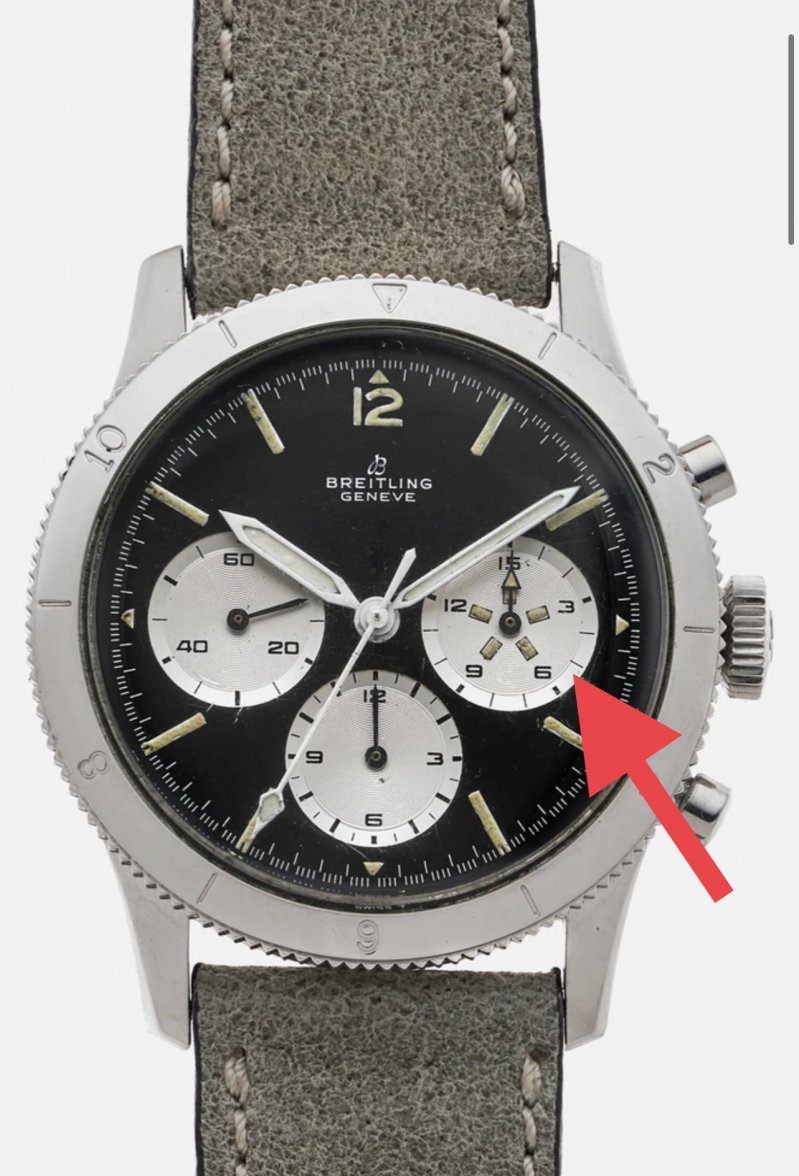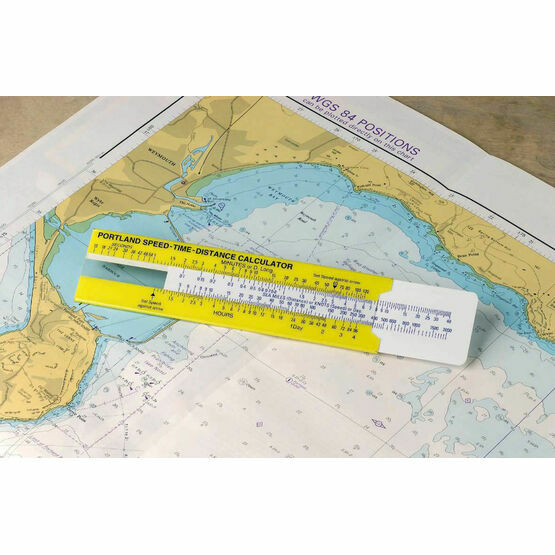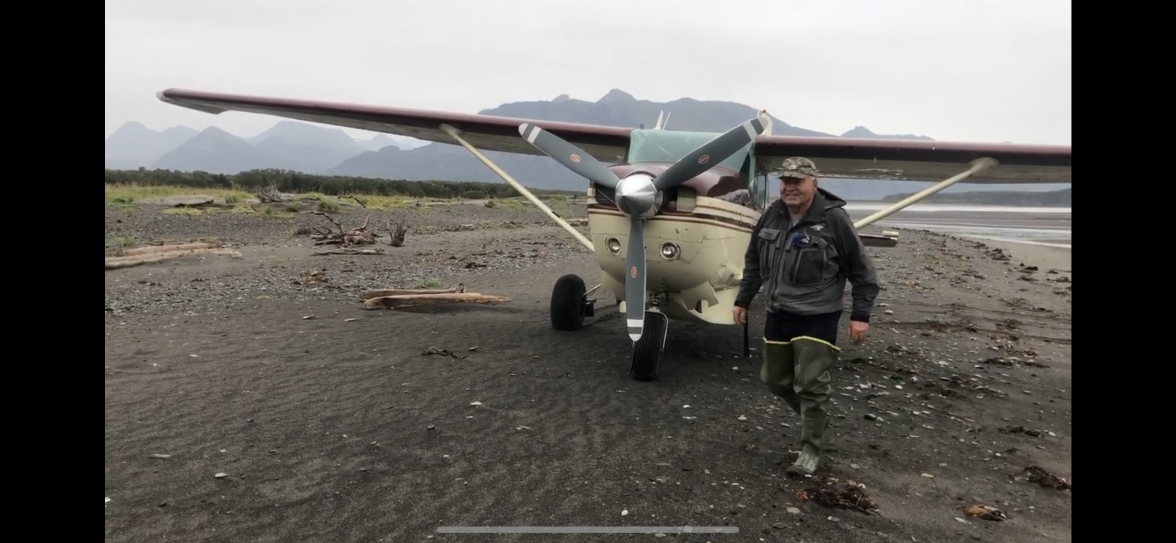I think may have sorted it out, though I’d call it still a hypothesis and not yet a theory.
We’ve all collectively recognized that one
practical reason for a 15 minute rather than 30 minute totalizer is merely the resulting incremental legibility to the watch-wearer: it is easier to glance down at a 15 minute totalizer and note elapsed single minutes than if glancing instead at a 30 minute much less an hour totalizer.
I think this legibility has to in part explain why simultaneously there are (1) 15 minute totalizer, remarking 3 minute intervals, but also (2) even in other watches with 30 minute totalizer, still marks better displaying 3 minute intervals.
Once we’ve agreed that a 15 minute totalizer has this practical effect of making shorter minute increments more legible, including specific 3 minute intervals - what remains is the still lingering question regarding any technical relevance of a 3 or 15 minute increments?
And for that, I propose as a contender the “3 minute rule” (or 6 minute rule)!
Try this video on for size:
While the video speaks in terms of nautical navigation, I am too ignorant to know why it would not also apply to aeronautical navigation. Assuming it applies equally to aeronautics:
In short, the 3/6 minute rules are techniques for quickly estimating how far an aircraft will travel in a given amount of time -
but necessitating divisibility by increments of 3
Specifically, the “3 minute rule” states that the distance a craft will travel in 3 minutes
in yards is equal to speed in knots [multiplied by] 100. So in 3 minutes at 5 knots, you’ll travel 500 yards.
Meanwhile, the “6 minute rule” states that the distance a craft will travel in 6 minutes
in miles is equal to the speed in knots [divided by] 10. So in 6 minutes, at 5 knots, you’ll travel 1/2 mile.
And, “because math,” one can instead use the 3 and 6 minute rules to create also other variations of the rules
holding 3 minute increments as constant: in other words, one can formulate 9 minute, 12 minute, 15 minute, and 30 minute rules using the same approach.
Let’s look back at this watch:
the totalizer in question would allow for a pilot (using any preferred version of a rule in 3 minute increments) to either:
(1) use the chronograph to calculate a set distance before turning (ie., I want to turn in about 1 mile, which at my current speed of 10 knots will occur in roughly 12 minutes) or
(2) take running timing of approximately how far one has traveled over longer periods (ie accordingly to all my totalizers I’ve been flying 1hr and 48 minutes at an average of 10 knots, so I’ve travelled about 24.5 miles)
Notice then that because the hour totalizer has tic marks for 30 minute increments, the 15 minute totalizer with further 3 minute breakdowns allows for easily digesting longer periods of time down into 3 and 6 minute increments (or larger “15 minute rule” increments, etc., as desired).
I’m feeling pretty good about this hypothesis, and frankly pretty stoked to realize:
this essentially behaves as a type of reverse tachometer for navigation
Needing to stew on it all a bit more, and eager for other’s thoughts

